T4K3.news
Fed holds rates steady amid tariff inflation risk
Minutes show policymakers emphasized tariff driven inflation risks over labor-market concerns while keeping rates unchanged.
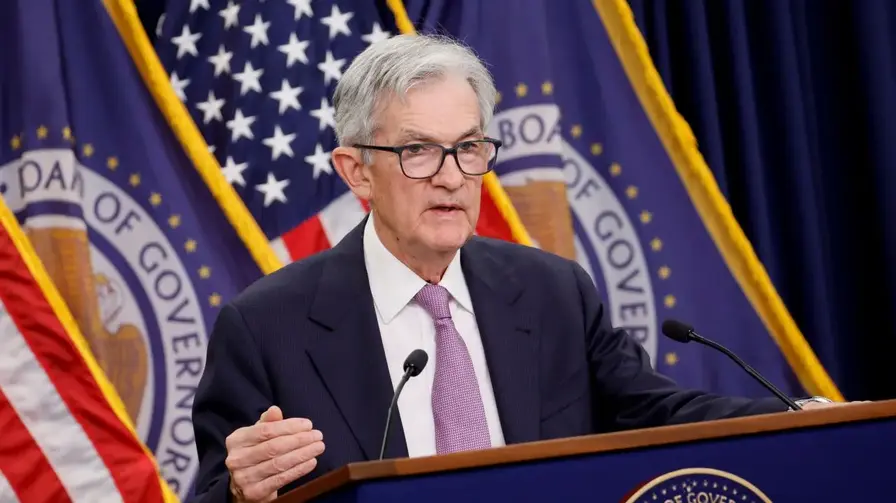
Minutes from the Federal Reserve's July policy meeting show policymakers prioritized tariff driven inflation risks over labor market concerns while keeping rates unchanged.
Fed holds rates steady amid tariff inflation risk
Minutes from the July Federal Open Market Committee meeting show policymakers kept the federal funds rate at 4.25% to 4.50% in a 9-2 vote, marking a fifth straight hold. The dissenters, Governors Michelle Bowman and Christopher Waller, urged a 25 basis point cut on concerns about the labor market. The minutes also frame tariff driven inflation as a key risk that could outweigh near term labor market strength.
Officials noted that inflation remains above the 2% target, with several participants saying tariff effects could mask the underlying trend. They cited delays in tariff pass through to prices and factors such as inventory stockpiling and ongoing trade negotiations. The July jobs report showed just 73,000 new positions, adding uncertainty about the timing of any rate move. The September 16-17 FOMC meeting will weigh fresh data as it considers the path ahead.
Key Takeaways
"Inflation carries more weight than the jobs data"
Quoted sentiment reflecting the minutes’ risk assessment
"Tariffs are masking the price signal to consumers"
Notes on tariff transmission delays noted by participants
"The data will decide the next move not promises"
Editorial interpretation on data-driven policy
"Markets will watch the tariff transmission closely"
Market implications discussed by analysts
The minutes reveal a cautious stance that prioritizes price stability over immediate labor market relief. By foregrounding tariff effects, policymakers tie monetary policy to a broader political and economic debate about trade policy and how it influences prices.
That stance carries risks. If tariff impacts prove stickier or bite consumer prices more than expected, credibility could hinge on a timely response. If data worsen for labor, the committee may face renewed calls to ease. Either way, the policy path will depend on incoming inflation signals and ongoing trade developments, including Powell's looming Jackson Hole moment.
Highlights
- Inflation carries more weight than the jobs data
- Tariffs are masking the price signal to consumers
- The data will decide the next move not promises
- Markets will watch the tariff transmission closely
Tariff inflation risk factors in Fed policy
The minutes show policymakers weigh tariff driven inflation risks more heavily than labor market strength, a stance with political and market implications as tariff effects unfold.
The policy path remains uncertain as new data arrive
Enjoyed this? Let your friends know!
Related News
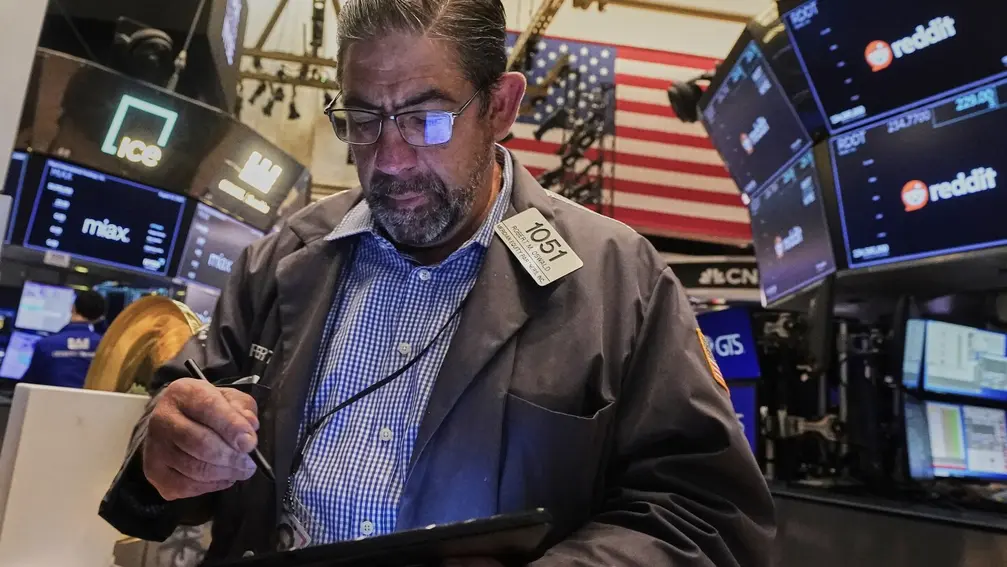
Markets pause as inflation surprises

Federal Reserve to maintain rates amid geopolitical tensions

Fed minutes show inflation risk guides policy
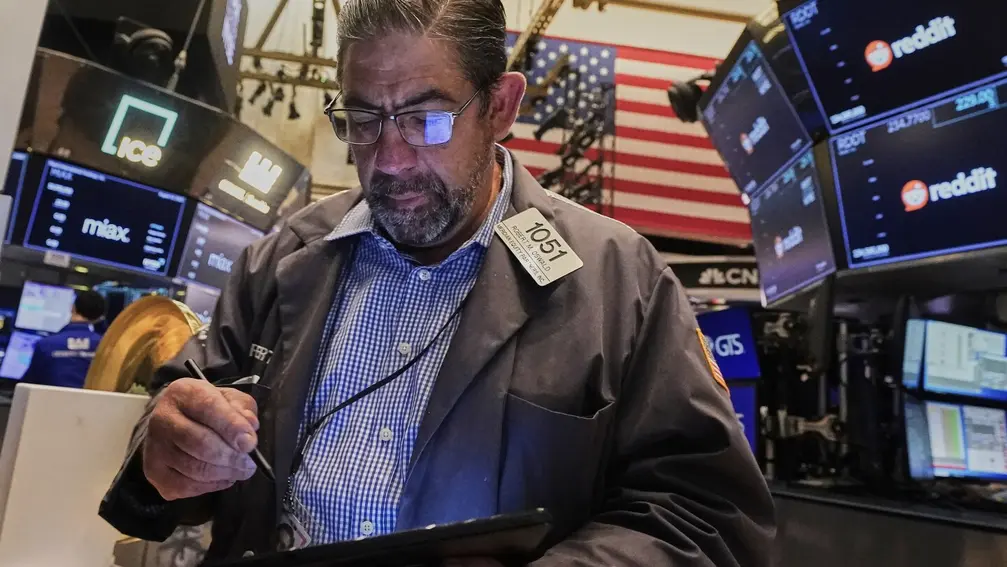
Big Tech steadies Wall Street after inflation surprise
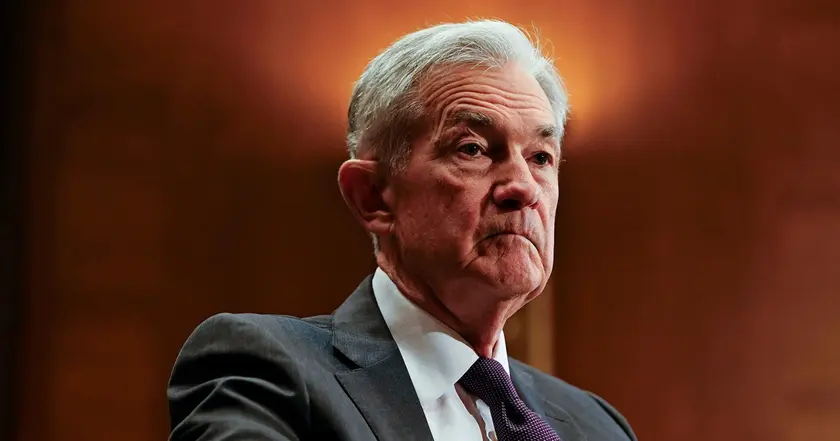
Federal Reserve maintains key interest rate amid dissent
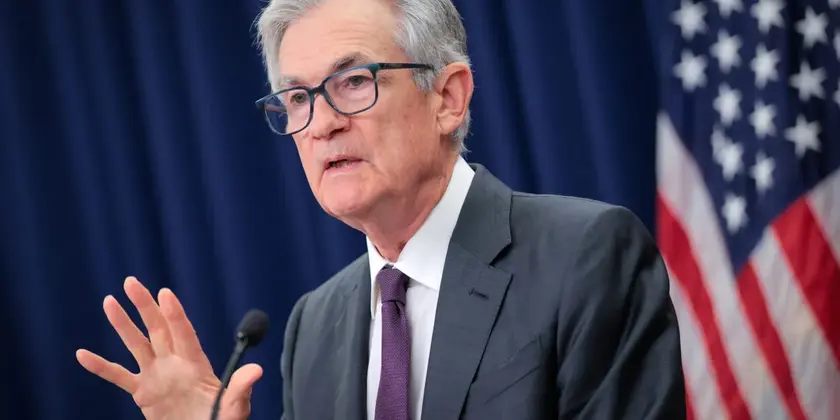
Fed minutes show tariffs shaping inflation risk

Inflation remains elevated as tariffs push up prices
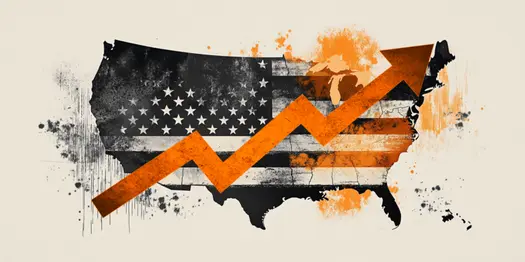
Gold prices decline as inflation data shifts Fed rate outlook
